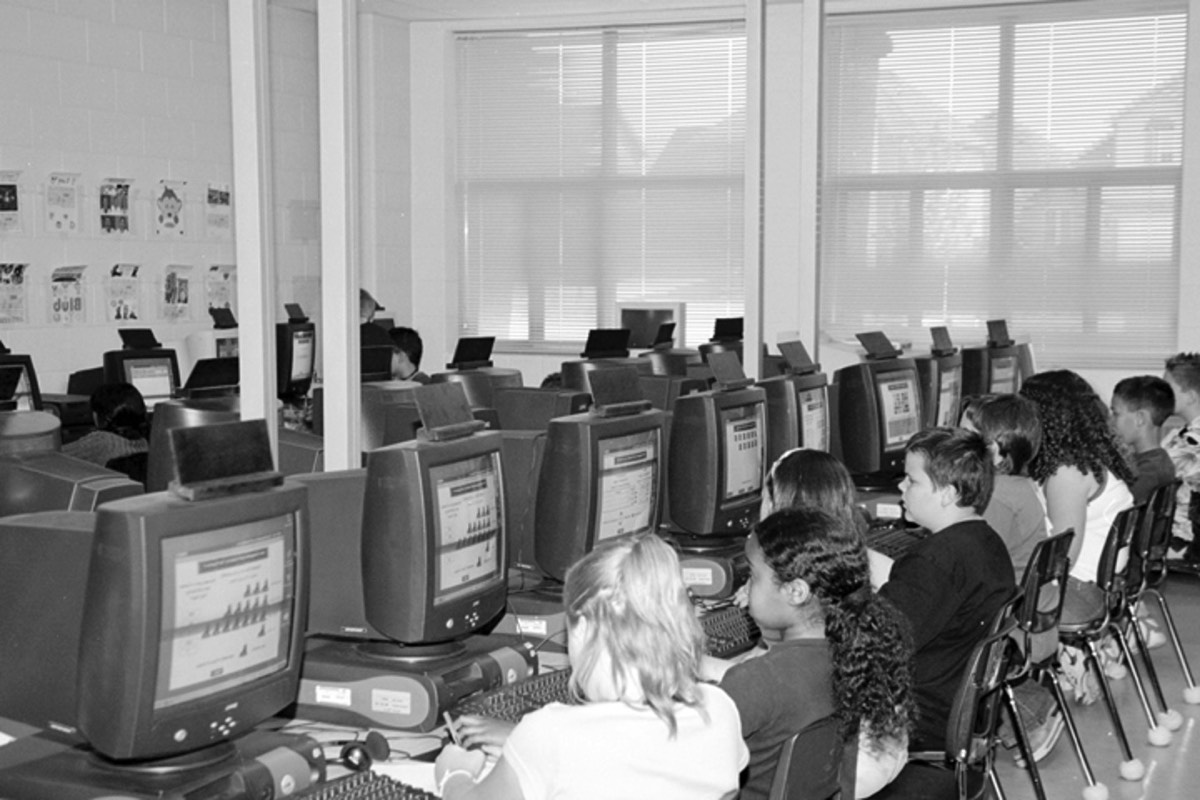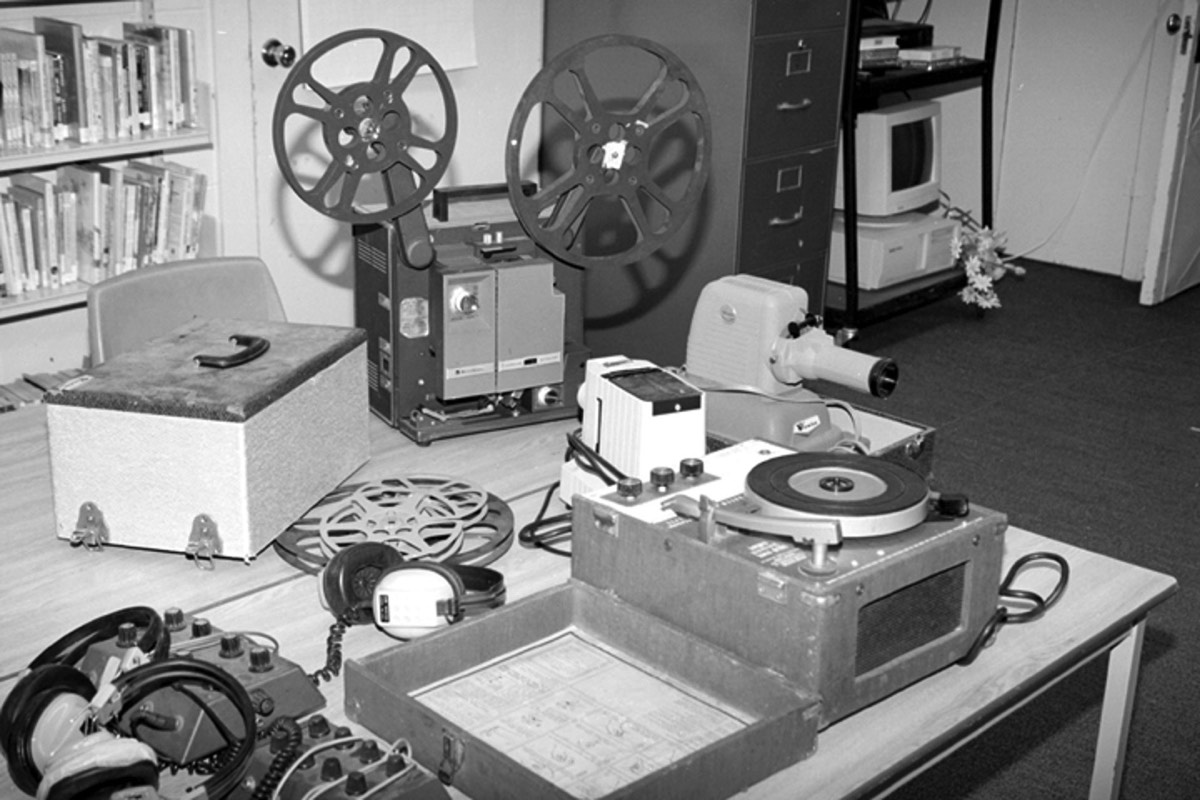The mid-20th century invention of the transistor-powered mainframe computer, and later the smaller microcomputer, ushered in a post-industrial Information Age economy centred around the collection, processing, storage, and transmission of digitized data. In the new knowledge economy, 'data' itself became a central commodity, transforming virtually every sector of the economy, ranging from the computerization of records to the development of robotics to the deployment of fibre optics. Whole new industries emerged to support the hardware and software requirements of the ensuing personal computer revolution. The emergence of the Internet in the final decades of the 20th century led to a worldwide telecommunications transformation that continues to unfold.
Selected educational implications:
- deployment of new educational technologies to support teaching and learning in schools (e.g., televised lessons)
- use of calculators in math classes
- integration of computers, laptops, and (more recently) tablets into classrooms
- installation of computer labs and later Internet connectivity into schools
- implementation of new computer literacy programs in schools
- broadening of the literacies taught in schools to include media literacy and new media production (e.g., desktop publishing and video production)
- development of adult retraining programs for mid-career employees whose careers were disrupted by rapid economic shifts (e.g., the loss of industrial jobs to cheaper labour markets overseas)
- growth of the educational software sector




